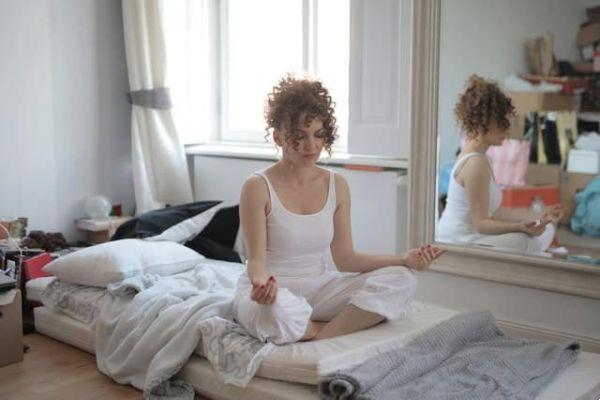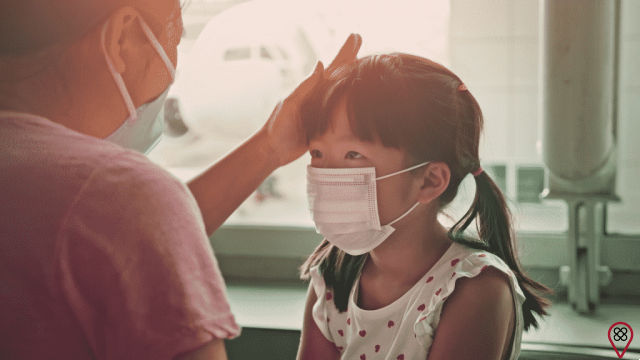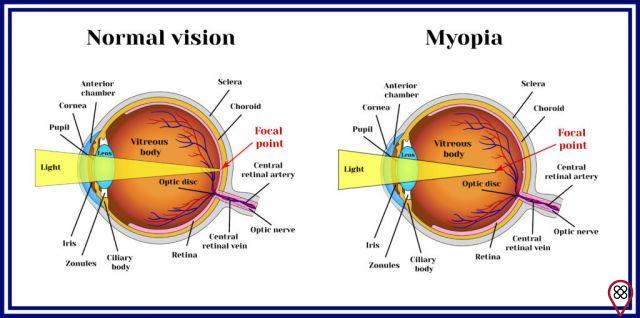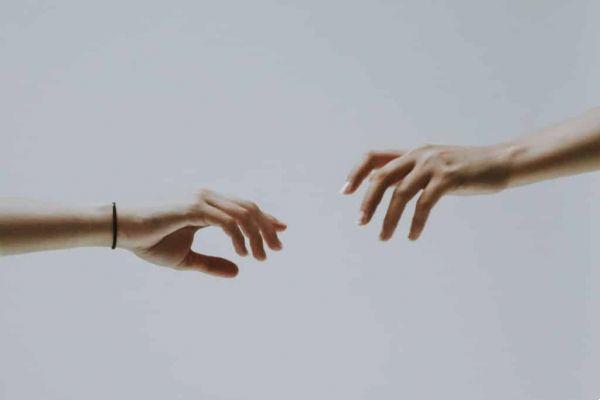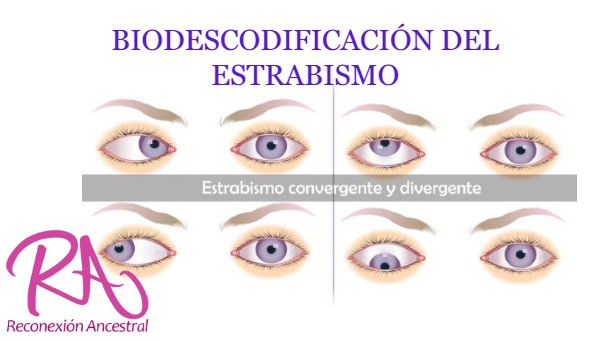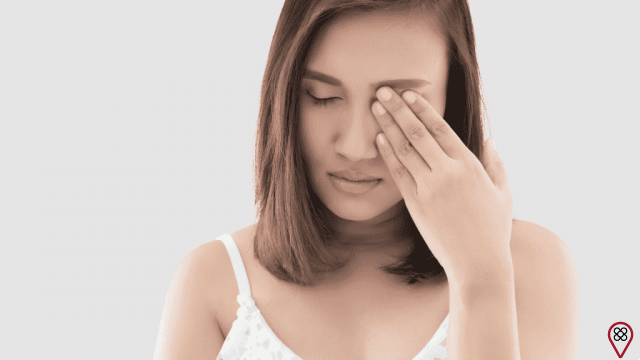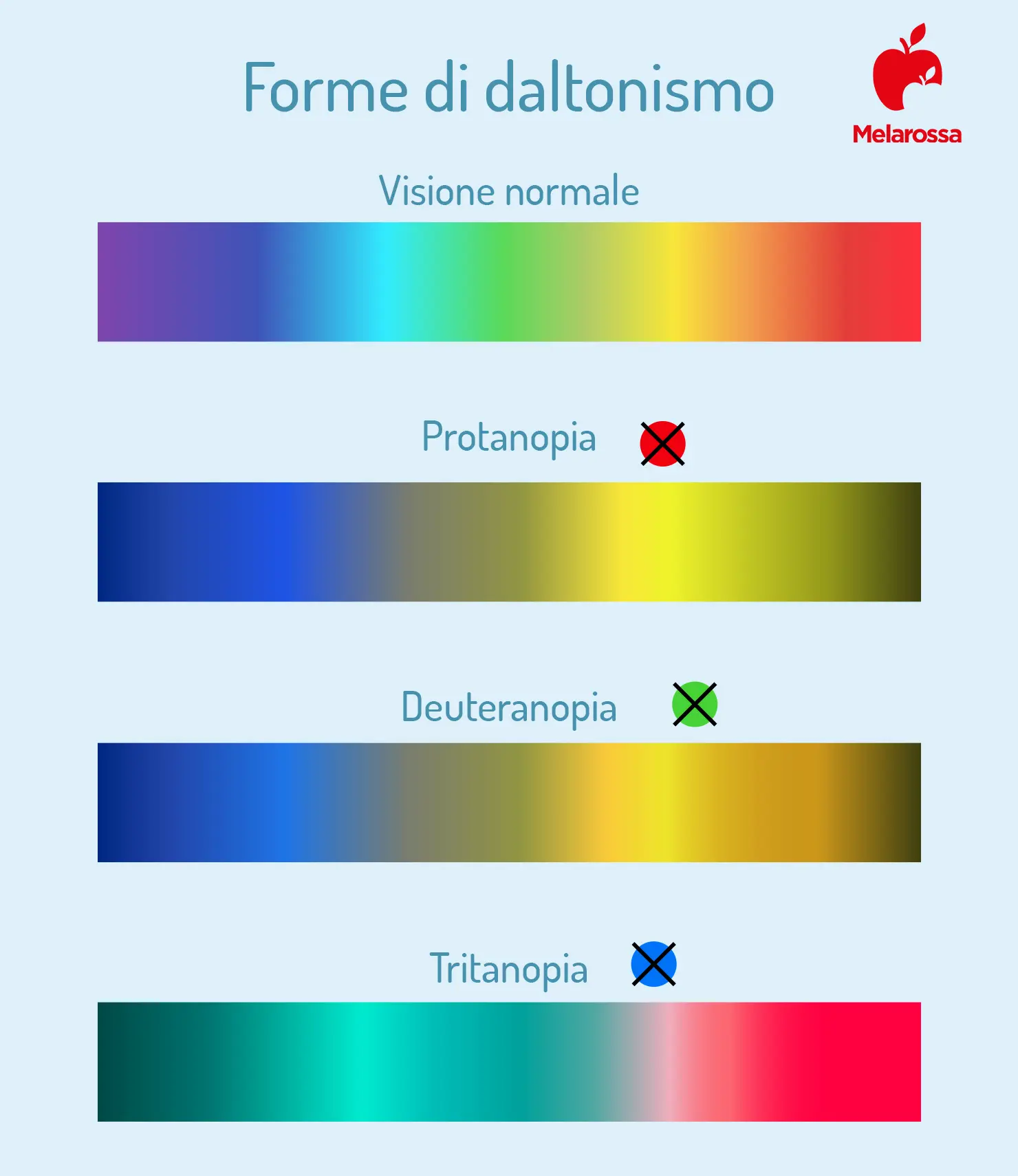All around us are colors. Present in nature, in illustrations, in the objects that surround us, they are in literally everything we see. With this, it may seem that colors have even become something banal, but whoever thinks that way is wrong. That's because these visual elements are capable of influencing us emotionally, and even messing with our feelings.
It is not by chance that marketing companies and networks of large industries and commerce carefully choose the colors of their logos and products. What lies behind such attention to the coloring of their identities is the famous psychology of colors. Were you curious? Delve into the subject and understand everything about this field of knowledge!
What is color psychology?
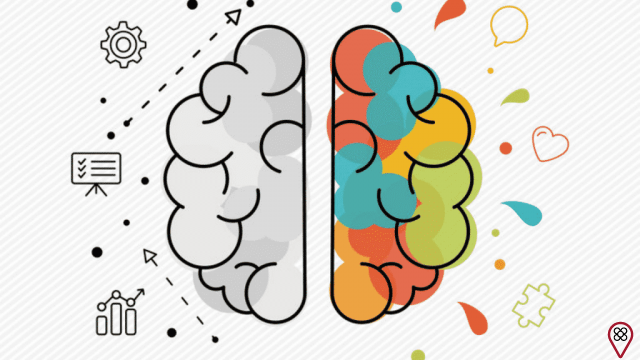
Color psychology is a study that analyzes the effects that each color produces on human beings, such as emotions, feelings, desires and the like. This study is allied to the knowledge of color theory and aims to understand how the mind behaves with regard to colors, and to what extent they are able to influence our psychology.
Each color produces a distinct and specific effect, according to color psychology. To analyze each shade, characteristics such as:
Dimension: characteristic that causes the sensation of being in a larger or smaller place. Even if two environments are exactly the same size, the color of each one of them can influence the perception of the dimension of each one.
Weight: as with the idea of dimension, color can also affect the impression of weight of objects. That is, two objects can have exactly the same weight, but the color of one can make it feel lighter or heavier than the other.
Lighting: Depending on the color used, an entire room can appear lighter or darker, even if it receives exactly the same frequency of light as another room of a different color.
Temperature: characteristic that conveys the impression of a place being colder or warmer. It can be commonly seen in films, which opt for cool color palettes, such as blue and white, to depict lower temperature environments.
Symbolism: this is a more subjective aspect, as each color can have a different idea or meaning for each person. It varies according to one's personal experiences and interpretations.
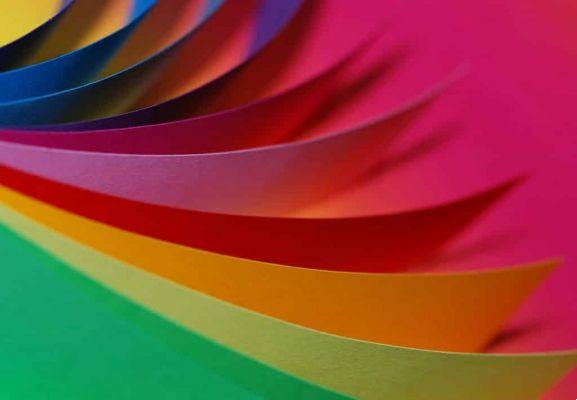
Emotion: characteristic often linked to color temperature, as warm tones are associated with positive feelings, such as joy and euphoria, while cold tones are associated with aspects of sadness and introspection.
Remembrance: relates to the emotional memory of each person, as subjective as the symbolic aspect that colors present to each person.
Now that you understand what are the main aspects that make each color convey a different and unique sensation to our mind, discover what each shade means to color psychology.
Colors meaning
Marrom
Brown is a color often associated with bad things, triggering sudden rejection in some people. That's because brown is often referred to dirt and excrement, being the color of decomposition and defecation.
However, the brown color can also be associated with warmth and security, associating itself with strong flavors that bring the notion of family, such as coffee and cocoa, for example. In addition, brown is also the color of the earth, nature, tree trunks and can bring a rustic ambiance to the environments in which it is inserted, bringing the idea of home and comfort.
Green
Green represents, above all, vitality, nature and health. Typical color of the plant kingdom, green is associated with environmental awareness, our connection with the earth, freedom and also symbolizes fertility and wealth, being the color that universally represents money, even if there are banknotes and currency units from other countries. colorations.
In addition, the color green is associated with youth, which is related to the fact that it is often used to refer to something immature, raw. Something “green” is something that is very premature, that is not ready, that still has a lot to learn.
Blue
Blue is the favorite of the overwhelming majority of people who have a preference for some color. This is because the color blue is associated with tranquility, silence, intellectuality and harmony. It is a cool color and, according to color psychology, it is able to convey feelings of security and confidence, while also talking about introspection and spirituality.

Red
Red is linked to dynamism, that is, to the will to move and act. It is not by chance that red is the color used to spur bulls in rodeos, as it is proven that this color has the ability to stimulate physical impulses, increasing blood pressure and heart rate. It is a color used to convey the feeling of high intensity and confidence. In addition to also relating to emotions such as anger, passion, heat and excitement.
Yellow
Yellow is one of the most cheerful colors, as it refers to optimism and willingness. That's because the color yellow is a sunny tone, associated with the sun, heat, summer and light, being the most used to refer to happy moments. In addition, the color yellow is extremely flashy, so it is widely used for alerts, warnings and signs in general.
Black

Black, despite being loaded with negative connotations, as it refers to darkness, the unknown, mourning and the dangers of the night, is also associated with modernity and luxury, being a classic symbol of elegance. In addition, the color black also relates to magic and mystery. Within science, there are controversies about whether or not black is a color, since, in fact, it represents the absence of colors; but it is undeniable, for color psychology, that this tonality is capable of transmitting real emotions and feelings to those who see it.
Orange
Orange approaches two colors with a strong emotional charge of their own: red and yellow. Being a mixture of these two, then, the color orange refers to fun, playfulness and sociability. It also symbolizes enlightenment and sympathy. As much as yellow, it is associated with summer and heat.
You may also like
- Discover the message that each color conveys according to world culture
- Pay attention to chromotherapy and use colors to heal yourself
- Know which colors you should use to attract good energies
Gray
Gray is a color that does not have strength or intense emotional charge of its own, according to color psychology, being towards neutrality. It is a color that combines and fits the others, but that, alone, represents indefiniteness, being neither hot nor cold. It is the color of dark feelings of introspection, such as loneliness, emptiness and boredom, and it also symbolizes insensitivity and insecurity. The gray color is often associated with adults, as it can also represent maturity.
Bege
Beige is a color that conveys calm and passivity. As much as gray, it is a color that lacks meaning when it is isolated from others. Even so, the beige color is associated with melancholy and the classic, referring to bygone times, the traditional and even the old.
White

White, which is the combination of all colors, is associated with innocence, peace and purity. Therefore, it is often used to symbolize virginity. In addition, white is directly related to goodness, truth, spirituality and honesty.
Violeta
Violet refers to technology and science, but at the same time relates to fantasy and magic. It is very connected to the esoteric universe and, in spirituality, the color violet represents spiritual evolution and broad consciousness, being a symbol of the most evolved stage of aura. In addition, violet conveys the idea of vanity and extravagance.
Rose
Pink is often associated with weakness, passivity and fragility. Despite this, the color pink oscillates between sensitivity and meekness; sweetness and passion; love and intensity, constituting a color that can reveal very opposite aspects. Pink has a strong personality, being a tone used to portray specific feelings and emotions, from kindness to charm and courtesy.
Purple
Purple is closely related to creativity, and, according to color psychology, it is capable of promoting stimuli for the solution of creative blocks. In addition, calm and tranquility are also attributes of this color, which is closely associated with violet. For this reason, themes such as spirituality, faith and other esoteric subjects are related to purple. In addition, this color is also associated with feelings such as wisdom, arrogance, sensitivity and intimacy.
Salmon
Salmon represents, above all, harmony. In addition, this hue conveys a sense of abundance and, according to color psychology, opens doors for communication. Salmon color is often associated with happiness and tranquility, so many people like to decorate their nursery with salmon tones.
Golden
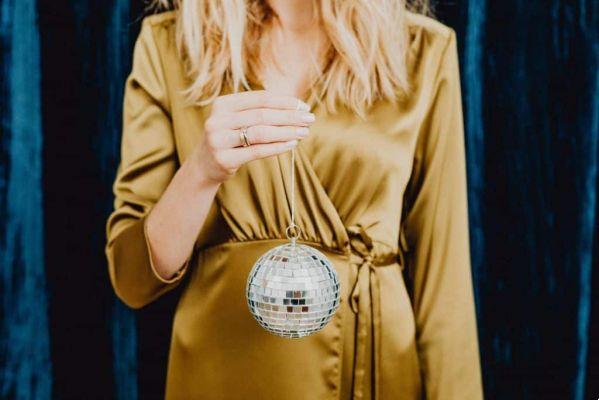
Gold is the color of success, achievement, luxury and triumph. Associated with abundance and prosperity, prestige and sophistication, golden color psychology relates to wealth and extravagance. It's still the color of victory, so the gold medal goes to the biggest winners; and festivity, hence the wide adherence in carnivals and other celebrations.





